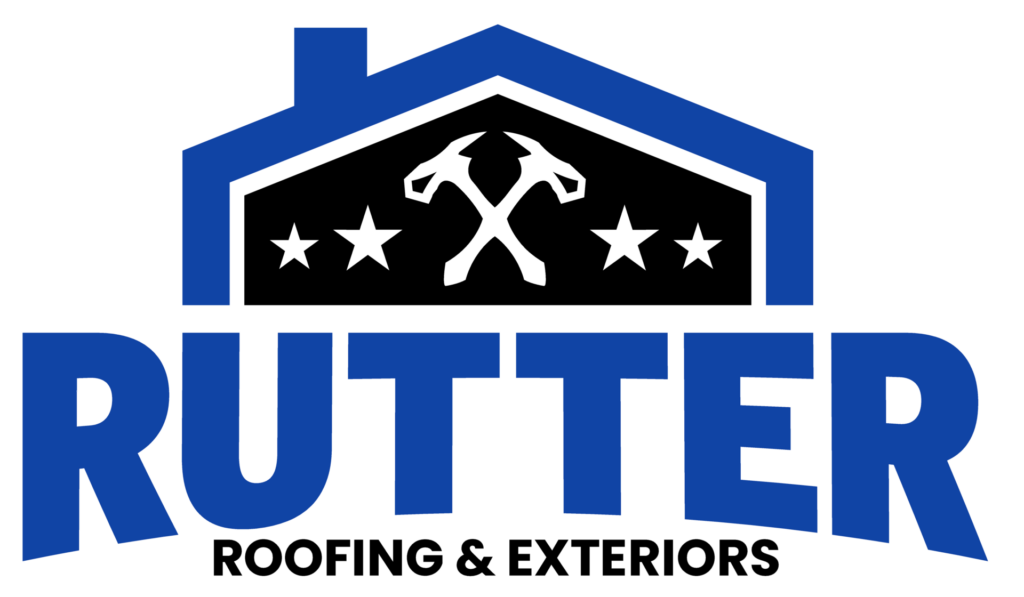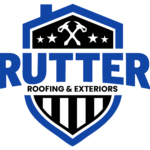 With summer around the corner (and the humidity and thunderstorms that come with it), you’re going to want to make sure that your roof is ready to withstand whatever Mother Nature sends its way. Whether your roof is on the older side or it has areas that are looking worse for wear, don’t distress—the experts at Rutter Roofing are here to keep you safe and your home in great condition. Let’s take a look at the most common areas of a roof that lead to leaks.
With summer around the corner (and the humidity and thunderstorms that come with it), you’re going to want to make sure that your roof is ready to withstand whatever Mother Nature sends its way. Whether your roof is on the older side or it has areas that are looking worse for wear, don’t distress—the experts at Rutter Roofing are here to keep you safe and your home in great condition. Let’s take a look at the most common areas of a roof that lead to leaks.
Fascia
The fascia is the front board along your roof line. It is usually made up of wooden boards or sheet metal. The main function of the fascia is to protect the edge of the roof and all of the elements and components of the outdoors that can interfere with it working properly. Unfortunately, water is the main source of issues with your fascia, and during this time of the year, rotting or damage is often unavoidable. If you notice any issues on your fascia, give us a call so we can fix this immediately for you!
Soffit
The exposed surface below the fascia and rafters is called the soffit. The soffit is filled with vents which are tiny holes that provide air circulation to keep you cool and cozy inside your home while drawing heat and moisture away from the house. Another main goal of the soffit is to prevent rotting in the rafters. Without the soffit, the temperature in your house would not be regulated, creating an uncomfortable living environment. We advise you to briefly skim your soffit and look for cracks, holes and rotting. Spotting these issues will avoid further problems as well as water, insects and small animals from getting inside.
Flashings
Flashings are the items that are used to close roof system edges, walls, valleys, drains and any other areas where the actual roof covering could be interfered with. The main role of the flashing is to keep holes and cracks in the roof system shut. If the flashing gets interrupted by any inclement weather, severe leaking is possible.
Gutters
Gutters serve protection for your home or building and protect its structure. When the gutter stops working properly, mold and mildew can grow on your roof. Leaves, twigs and standing water can cause gutters to sag and pull away from the fascia. In order for water to flow correctly, it is vital that your gutters are faced toward the downspouts. Routinely check that your downspouts are extended four to five feet from the house, otherwise water can get in and cause severe leaking in the bottom of your home.
Shingles
As stylish as shingles are, missing or broken shingles makes underlying wood prone to rotting and significant damage. The first sign of a damaged shingle is discoloring, which often comes from a small leak that can grow and spread to other parts of the roof in an extremely short period of time.
Consistently keep an eye on your roof these next few months and look out for any unexpected damage or cracks. When a small problem arises, don’t wait! Call Rutter Roofing at 610-584-2084 for any roofing repairs or replacements.



